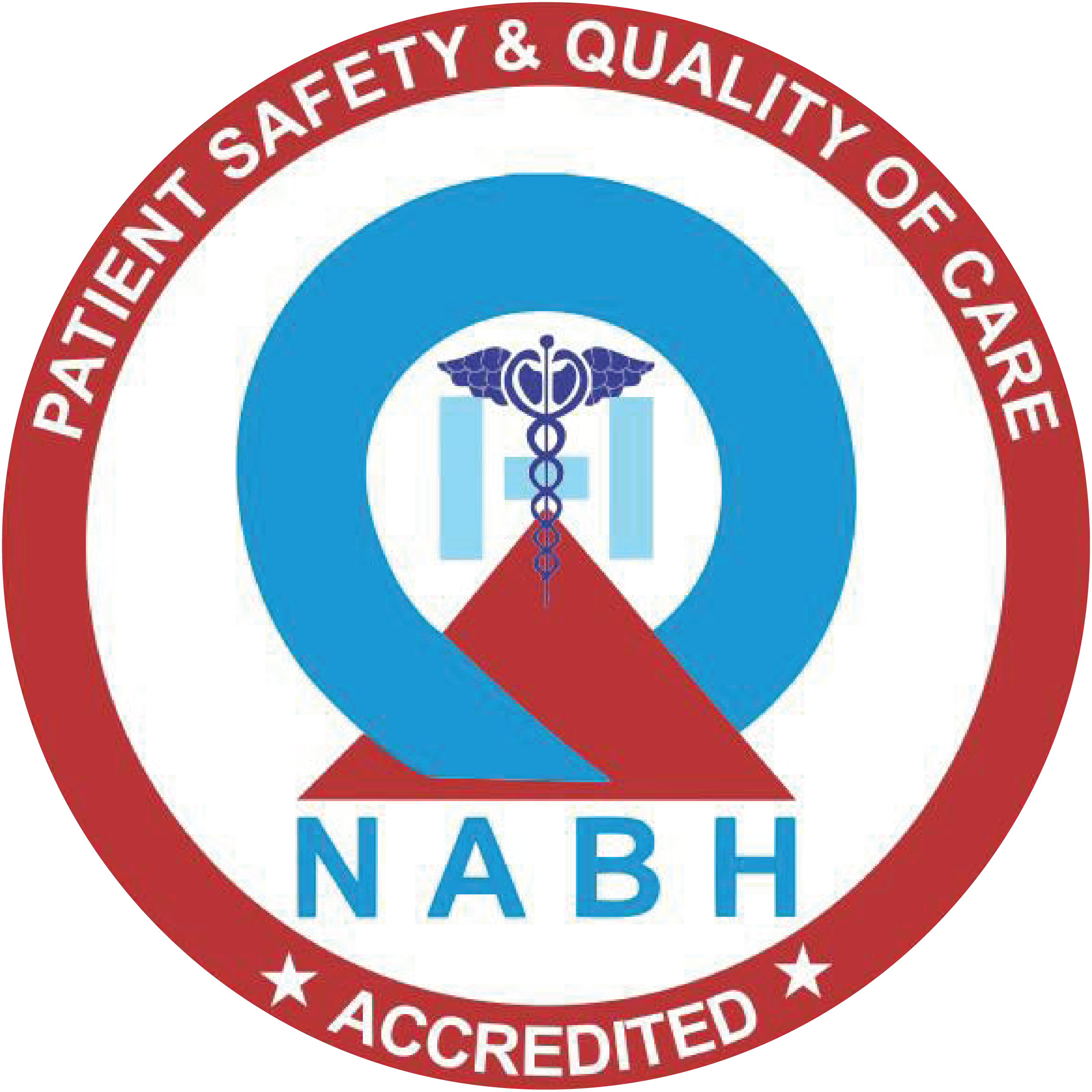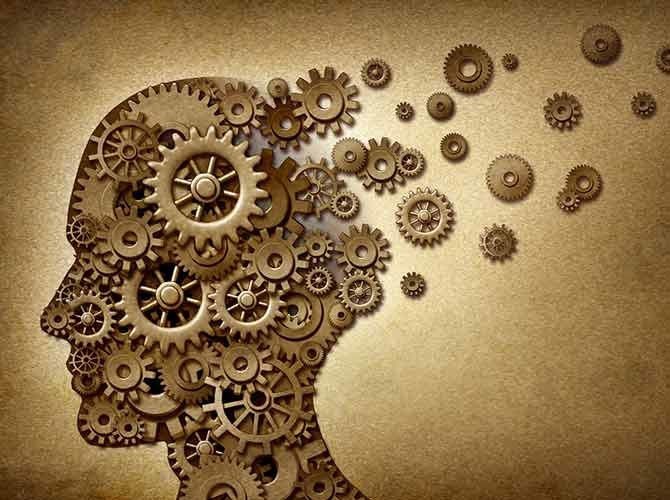The Gastroenterology Department at Annai Arul Hospital is committed to providing the most advanced, patient-focused care possible. Utilizing state-of-the-art diagnostic tools and technology, our board-certified gastroenterologist work together, combining their skills and expertise, to ensure exceptional care to patients experiencing GI issues.Our department may schedule appointments for patients with diseases or disorders of the Oesophagus, Stomach, Small intestine, Colon, Pancreas, Liver, Gallbladder. The team of Specialist manages complicated GI emergencies like GI bleed, Forgein body in the upper GI tract, Corrosive poisoning, Acute severe pancreatitis, Hepatic encephalopathy, Hepato-renal syndrome.
Areas of expertise and services include:
- Gastroesophageal reflux disease
- Peptic ulcer disease
- Jaundice of various causes
- Gastrointestinal bleeding
- Inflammatory bowel disease
- Diagnostic and therapeutic endoscopy
- Gastrointestinal malignancies
- Screening for GI malignancies
- Esophageal disease
- Viral hepatitis
- Liver disease
- Motility disorders
- Malabsorption and malnutrition
- Pancreatic Disorders
- Gall bladder disorders
Endoscopy Services
Endoscopy uses a very thin camera on the end of a tube to look inside the gut. Gastroscopy looks from the top into the stomach; colonoscopy looks from the bottom into the colon.
The Endoscopy services function on all weekdays and includes a 24 hr emergency service. These procedures are done:
Upper Gastrointestinal Endoscopy (Diagnostic & Therapeutic): This is putting in a tiny camera on a tube (small finger size tube) through the mouth. This can diagnose and find out what the problem is. Some things can be treated using the endoscope including:
- Variceal Sclerotherapy – large veins that bleed can be treated by injections.
- Variceal Ligation – tying off large veins to stop them bleeding.
- Cyanoacrylate Injection Of Varices – injecting large veins.
- Esophageal Dilatation – Using savory dilators
- Pneumatic Dilatation – dilating using balloon
- Stenting the GI tract
- Polypectomy – removing polyps from the gut.
- Percutaneous Endoscopic Gastrostomy – putting a tube into the stomach. They use the endoscope so a big operation is not needed.
Colonoscopy (Diagnostic & Therapeutic): This is putting in a tiny camera on a tube through the anus – lower end of gut. Then it looks at the anus, rectum and colon.
- Polypectomy – removing polyps from gut.
- Enteral Stent Placement is putting a stent into the lower gut.
ERCP : Endoscopic retrograde cholangeopancreatogram (ERCP) This puts a tiny camera on a tube (small finger size tube) through the mouth. The tube goes down and then into the biliary ducts. These are the tubes that join the gut to the liver and pancreas.
Biliary
- Sphincterotomy – cutting an opening in the bile duct (sphincter). This is done when the hole has become too small.
- Stone Removal – removing bile stones. Stones can grow in the gall bladder. They can then go into the biliary ducts and block them.
- Nasobiliary Drain – putting a drain into the bile duct. A tube that goes from inside the body to the skin outside. This lets fluid from inside the body go to the outside.
- Stent Placement – putting a stent into the bile ducts. A stent is a piece of equipment that holds open narrowed areas.
- Stricture Dilatation – making a narrowed area bigger.
Pancreatic
- Pancreatic Stenting – putting a stent into the pancreas.
- Sphincterotomy – cutting an opening to the pancreas that has become too small.
- Stone Removal – removing stones from the pancreatic duct
- Nasopancreatic Drainage – putting a drain into the pancreas.






